Visit by Microptic Biologist to collaborator laboratory in Cape Town, South Africa for training and discussions
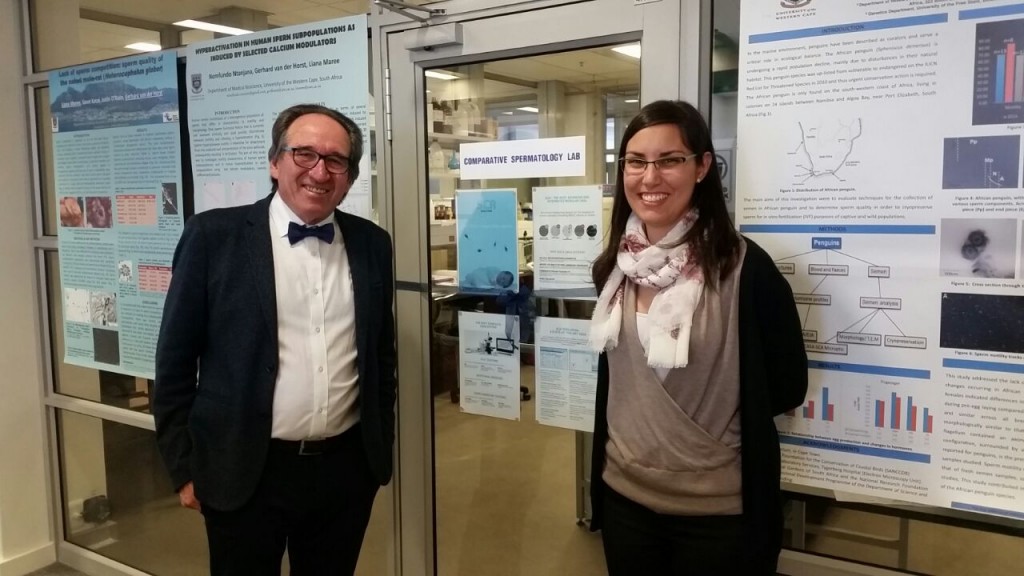
Prof van der Horst and Dr Medarde in front of new Comparative Spermatology Laboratory during opening ceremony.
Microptic SL in Barcelona expanded its staff and activities greatly in the last year and appointed a reproductive biologist, Dr Nuria Medarde, to their staff. Among her responsibilities are to train customers/potential customers how to use SCA in a clinical/research setting but also the application of many sperm techniques associated with CASA. This appointment coincided with Microptic expanding its office space and accordingly also laboratory space for training and testing new sperm developments.
Gerhard van der Horst, senior consultant to Microptic, and colleagues and postgraduates, have been collaborating with Microptic for the last ten years from their Bellville, Cape Town, Comparative Spermatology laboratory at the University of the Western Cape (UWC), South Africa. During the last few months the UWC CASA laboratory (three CASA systems used daily) has also expanded significantly both in terms of space and staff and post graduates. Furthermore, there has been close research collaboration of our laboratory with two other SCA CASA laboratories, that of Prof Stefan du Plessis, Stellenbosch Medical School at Tygerberg (human spermatology) and Dr Charon de Villiers (Primate Unit, Medical Research Council) within 15 minutes from each other.
It was then suggested that Dr Nuria Medarde from Microptic visit our new laboratory in Cape Town during the official opening and take part in a week of training and discussion and also become familiar with all our wonderful co-researchers from Stellenbosch and the MRC.
Since Nuria worked mainly with human semen in Barcelona, we tried to expand her experience to human sperm in terms of sperm functionality but then also over five days showed her how to do CASA analysis with rodent sperm, frozen-thawed bull sperm, several invertebrates such as sea-urchins and basic introduction to insect sperm. We covered a very wide range of sperm both in terms of species as well as techniques and emphasized the importance of standardization of protocols and quality control.
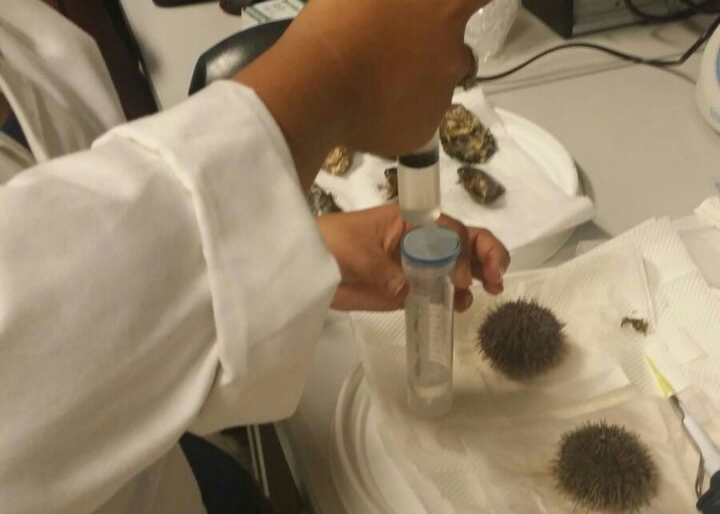
Monique Bennett sterilizing sea-water through 0.2µm filter for marine invertebrate sperm motility analysis.
A further two aspects of Nuria’s visit were to ensure that we standardize our CASA protocols both in terms of basic training and basic research methodology and develop and evaluate new CASA technologies for the future.
It was also a good opportunity for Nuria to see the potential of our lab to present in future International Level CASA training courses on human sperm, domestic animals, RatTox and wildlife. These will hopefully start in 2018 and in collaboration with Microptic SL.
Prof Gerhard van der Horst (PhD, PhD)
Senior Consultant
MICROPTIC S.L.
I am so grateful for the opportunity that Prof Gerhard has offered us for developing and adjusting parameters for the optimal sperm assessment of unconventional samples in our lab. As many of our users know, semen of many animal species is not always easy to analyze, and more difficult is the analyses and correct interpretation of results. For that reason, the collaboration with the Comparative Spermatology Laboratory at University of the Western Cape, in South Africa has been of great importance for Microptic SL. This collaboration has provided us with valuable information for improving basic semen analysis with SCA in several animal species, but also for testing sperm functional tests such as acrosome reaction in bull or rat.
This has been a very inspiring experience both professionally and personally since Prof Gerhard’s team is not only composed of excellent researchers but also by brilliant people.
Nuria Medarde (PhD)
Biologist
MICROPTIC S.L.
(*) In the picture: Prof Stefan du Plessis (human sperm) (Univ Stellebosch), Dr Nuria Medarde, Me Nolan Muller (electron microscopist from NHL) Dr Liana Maree (primate sperm), Ms Monique Bennett (invertebrate sperm), Dr Retha Kotze (Insect sperm) and Me Bonge Skosana (human and rodent sperm) (Univ Stellenbosch) and between Stefan and Nuria at back Charon de Villiers (Primate Unit, MRC).



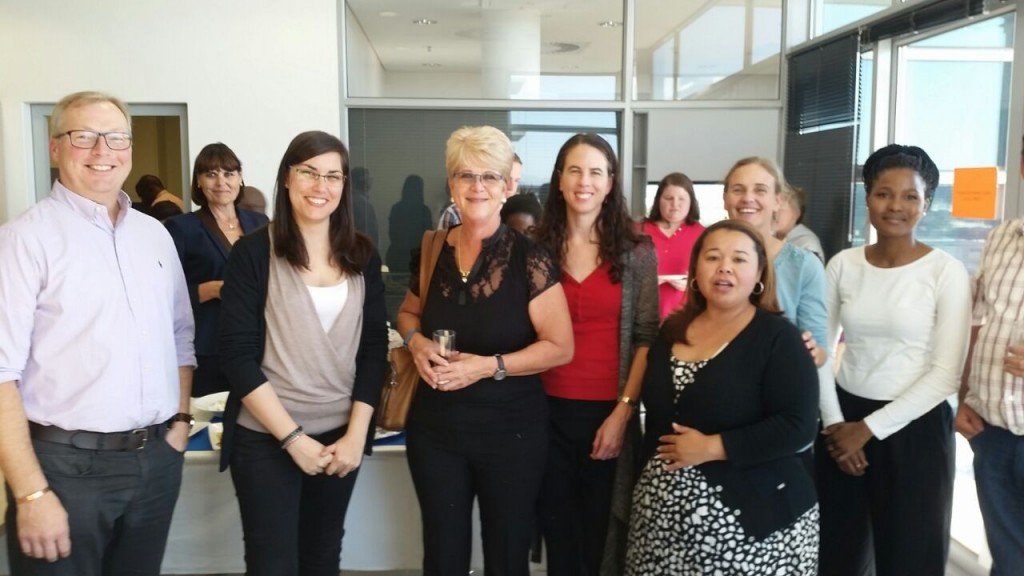
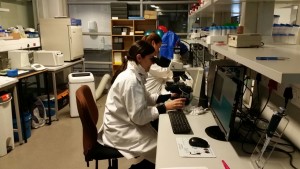
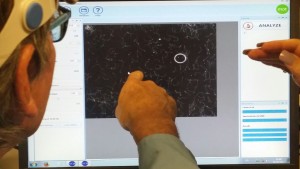
Leave A Comment